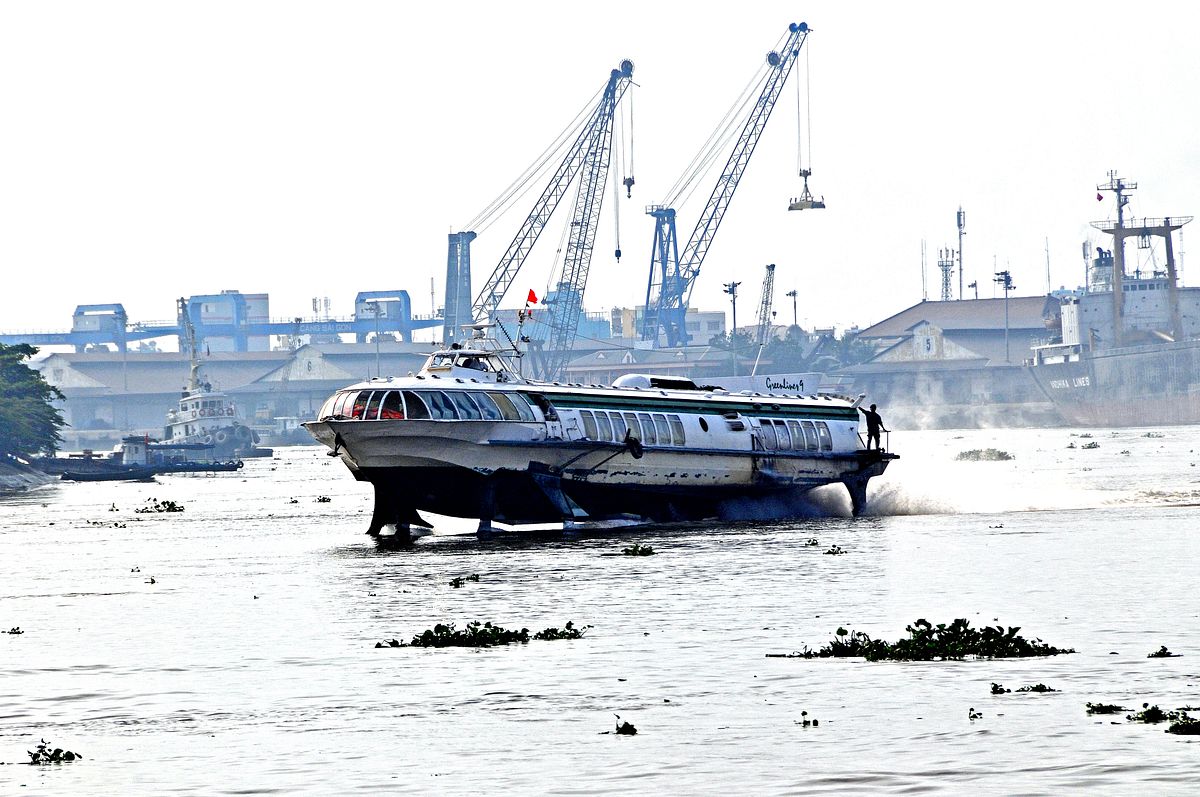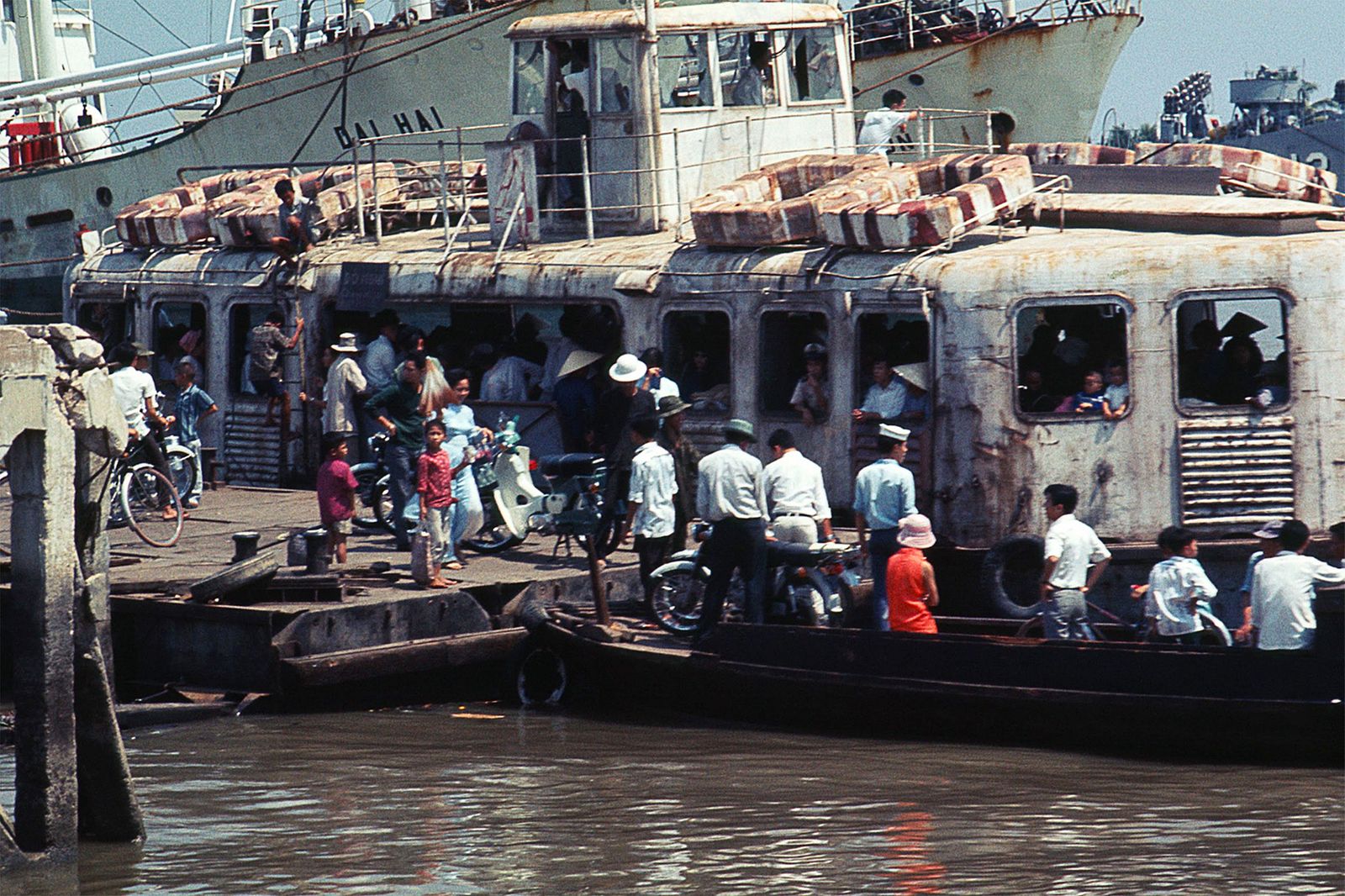Not long ago, hulking “creatures” glided atop the waters between Saigon and Vũng Tàu. Like the dinosaurs that came before them, they slowly disappeared, until all that was left were their skeletons.
As the sun began to set on the Soviet Union in 1990, a run of hydrofoils, dubbed “Design 352,” began to emerge from Feodosiya, USSR’s Morye shipbuilding plant. Designed to roam within rivers and reservoirs, these vessels found themselves with what some might consider a more palatable moniker — “Voskhod” — better known in Vietnam as tàu cánh ngầm.
In their infancy, Voskhods proved themselves up to the task of coastal migratory routes and in 1995, at least 21 of the finned vessels were transferred to Vietnam where they were put into daily use across numerous localities, including Cát Bà and Hải Phòng, but could be found in their greatest numbers in southern Vietnam.
At their peak, they annually ferried some 500,000 passengers between Saigon and the oil-stained beaches of Vũng Tàu at the confluence of the Saigon River and the East Sea, with tickets priced at around VND200,000.
However, as more roads were built and the once-spry Voskhods aged, their numbers began to dwindle and, by 2014, signs of decline were obvious and they became accident-prone.
After a number of service suspensions, including a major fire in January 2014, the Voskhods were removed from service and their lifecycle officially came to an end in December 2016, when their operating permits weren’t renewed by authorities.
But as is often the case, a new type of vessel appeared on Saigon’s waterways not long after to appease traveler’s seafaring appetites. The Saigon-Vũng Tàu route is currently served by a new fleet of catamarans, amongst others, that have been operating since 2017.
Remnants of the Voskhods endured on dry docks around Saigon; the dilapidated carcass of one was still visible along the right side of the Saigon Bridge, when traveling from Bình Thạnh to District 2. It was removed in late 2018, putting an end to the Voskhod's existence in Saigon.

Image by Brian Letwin.
Though the current services are a safer option than their Soviet genus, what we’ve gained in security and stability, we’ve lost in mystique and thrill.
Watch this video from Rusty Compass, filmed about seven years ago, to witness a nostalgic first-hand experience of traveling on these historical relics shortly before they were pulled from service:














